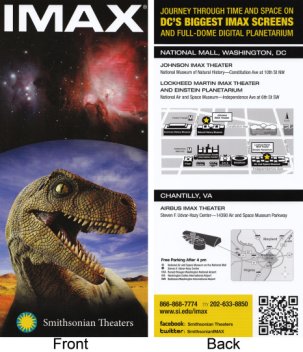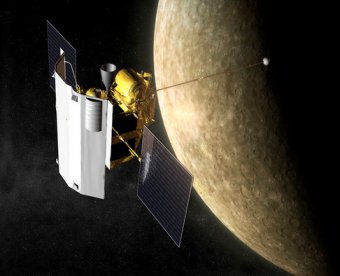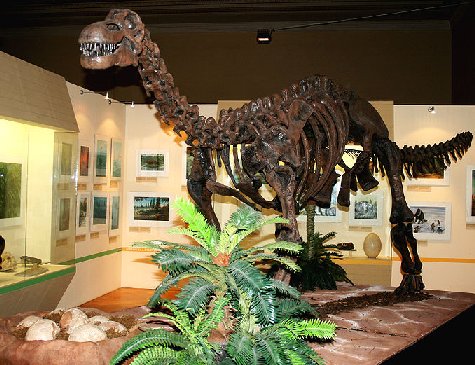Last week, I posted an article about three different things that have recently upset some atheists. It seems that in writing that article, I upset a creationist. Ken Ham, the president and CEO of Answers in Genesis, took offense at the article, claiming that it took “a slap” at Answers in Genesis and the Creation Museum. Before I respond to his unfounded claims, I do want to make it very clear that I am a big fan of the Creation Museum, as anyone who has seriously read my materials should know. For example, back when the Creation Museum celebrated its one millionth visitor, I wrote:
As anyone who reads this blog regularly knows, I have some problems with the Answers in Genesis ministry. At the same time, however, Jesus tells us that we must judge a tree by its fruit (Luke 6:43-45), and the fruits of the Answers in Genesis ministry show that it is a very good tree.
One of those fruits is the wonderful Creation Museum, which just recently welcomed its one millionth guest. This is a remarkable achievement, given the fact that the museum has been around for less than three years.
What makes the museum so popular? Well, unlike many museums, it actually makes its visitors THINK. Rather than just mindlessly repeating the dogma of the day regarding origins, it actually shows how strongly a person’s preconceived notions can affect the conclusions that he or she draws from the scientific data. It also has a lot of world-class displays, including one of the famous fish eating another fish fossils and an amazing discussion of the construction processes that could have been used by Noah to build the ark.
There are some things I don’t like about the museum, but they pale in comparison to the things I like about it. I know most evolutionists are furious about the Creation Museum, and it’s easy to understand why. The more people think, the less they will believe in evolution!
In addition, when atheist blogger Dr. PZ Myers visited the museum, I complimented the security staff, discussed how excellent one of the exhibits is, and mentioned that Ken Ham’s behavior towards those with whom he disagrees is significantly better than that of Dr. Myers. Even in the article that offended Mr. Ham, I indicate that the Creation Museum is significantly more scientifically accurate than most museums, including the Smithsonian’s National Museum of Natural History! In the end, there is just no way to make the case that I am anything but a huge fan of the Creation Museum.
With that out of the way, let me respond to three things that Mr. Ham brings up in his article.






